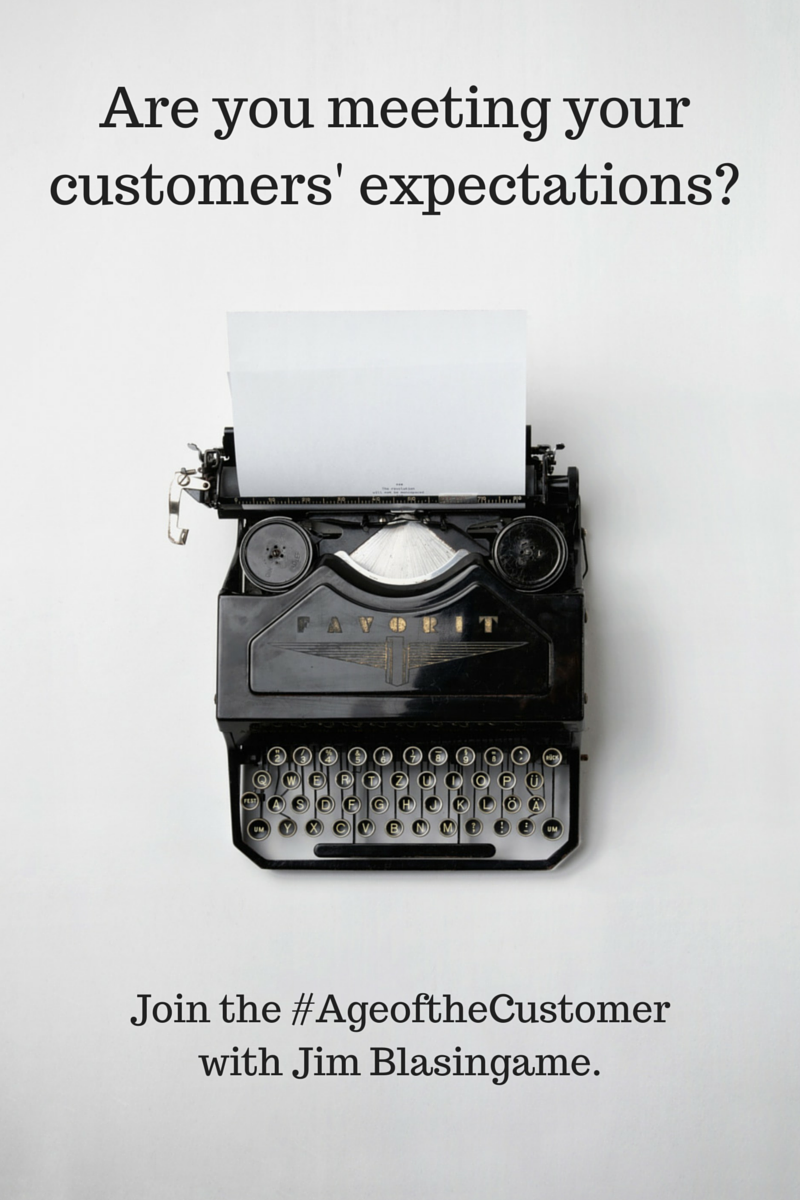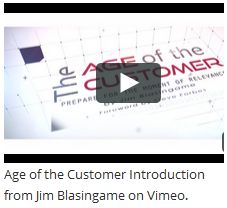When describing what influences the behavior of individuals as they pursue their lives, you would likely include concepts associated with goals, plans, passion, desire, ego, personality, etc. In matters of human interaction as we meet, love, and work together, there is often an abiding struggle between my passion and your ego, for example, or your goals and my plans. Indeed, successful long-term personal relationships are based more on my tolerance of you today and your forbearance of me tomorrow. Give and take.
But in the marketplace, affection and sentiment give way to performance and contracts, because tolerance and forbearance are usually subjective, often inefficient, and sometimes even unproductive. Consequently, a very powerful concept has developed over the millennia that is the nucleus of how marketplace participants minimize conflict and find common ground. In classically efficient marketplace style, I’ve reduced this concept to one word: expectations.
For example, the most important thing for you to know about someone with whom you’re negotiating a contract is that party’s expectations—especially that one, true, uncompromising expectation, beyond which they won’t go. But nowhere has the quest for expectation clarity been more in evidence than between Seller and Customer. Because the quicker a Customer’s expectations about value and values can be determined, the quicker the Seller can find a way to fulfill those expectations and make the sale.
For 10,000 years, during the Age of the Seller, Customer expectations were driven by consumption created by innovation. And all of this was around products and services produced and delivered by Sellers to Customers who essentially became passive recipients of the next innovation. Think of all of the new things Customers have acquired for the first time in the past century: cars, kitchen appliances, radios, televisions, personal computers, and iPods, just to name a few.
But now, in The Age of the Customer, expectations are less about new things and more about new empowerment. Rather than anticipating a brand new product, Customers are more likely to get excited about a new smartphone app that helps them find, review, compare, pay for, and take delivery. And increasingly, Customers are eliminating Sellers at this level of relevance, which is often before they know about competitiveness.
A Seller’s acquisition and retention of Customers is now more about being relevant to their influence and control over the acquisition process, and less about what’s being acquired. Let me say that another way: Customer expectations become less about what you sell and more about how you make a transaction handy, convenient, time-saving, on-demand, pre-appraised, on multiple platforms, in multimedia, etc. This is a big part of the definition of relevance, and it’s the new prime expectation of Customers.
An expectation of relevance is the new coin of the realm. Disregard this Age of the Customer truth at your own peril.
Write this on a rock … The original prime expectation was competitiveness. The new one is relevance.
Jim Blasingame is author of the award-winning book, The Age of the Customer: Prepare for the Moment of Relevance.




 4. Marketplace
4. Marketplace



